
Rhesus Macaques
The rhesus macaque (Macaca mulatta), colloquially rhesus monkey, is a species of Old World monkey. There are between six and nine recognised subspecies that are split between two groups, the Chinese-derived and the Indian-derived. Generally brown or grey in colour, it is 47–53 cm (19–21 in) in length with a 20.7–22.9 cm (8.1–9.0 in) tail and weighs 5.3–7.7 kg (12–17 lb). It is native to South, Central, and Southeast Asia and has the widest geographic range of all non-human primates, occupying a great diversity of altitudes and a great variety of habitats, from grasslands to arid and forested areas, but also close to human settlements. Feral colonies are found in the United States, thought to be either released by humans or escapees after hurricanes destroyed zoo and wildlife park facilities.
The rhesus macaque is diurnal, arboreal, and terrestrial. It is mostly herbivorous, mainly eating fruit, but will also consume seeds, roots, buds, bark, and cereals. Studies show almost 100 different plant species in its diet. It will also eat invertebrates, drink water from streams and rivers, and has specialised cheek pouches where it can temporarily store food.
Like other macaques, the rhesus macaque is gregarious, with troops comprising 20-200 individuals. The social groups are matrilineal, whereby a female's rank is decided by the rank of her mother. There has been extensive research into female philopatry, common in social animals, as females tend not to leave the social group. The rhesus macaque communicates with a variety of facial expressions, vocalisations, body postures, and gestures. Facial expressions are used to appease or redirect aggression, assert dominance, and threaten other individuals, and vocalisations may be made to elicit grooming, while moving, or in threatening situations. It spends most of its day feeding and resting; the rest is occupied with traveling, grooming, and playing.
Due to its relatively easy upkeep, wide availability, and closeness to humans anatomically and physiologically, it has been used extensively in medical and biological research on human and animal health-related topics. It has facilitated many scientific breakthroughs including vaccines for rabies, smallpox, and polio and antiretroviral medication to treat HIV/AIDS. A rhesus macaque became the first primate astronaut in 1948, but died during the flight, followed on 14 June 1949 by Albert II, who became the first primate and first mammal in space. It is listed as Least Concern in the IUCN Red List of Threatened Species in view of its wide distribution, presumed large population, and its tolerance of a broad range of habitats.
Indochinese Rhesus Macaque (Macaca mulatta siamensis) - Wat Phra Phutthabat Pha Ruea Chiang Rai Thailand
















































































Indochinese Rhesus Macaques (Macaca mulatta siamica) - Phong Nha, Ke Bang National Park and Quang Binh Province Viet Nam, Halong Bay, Nha Trang Viet Nam. Phu Kiew Thailand
































Indochinese Rhesus Macaques (Macaca mulatta siamica) - Son Tra Peninsula, Viet Nam

Cercopithecidae - Macaca mulatta siamica - Indochinese Rhesus Macaque - Son Tra Peninsula, Viet Nam










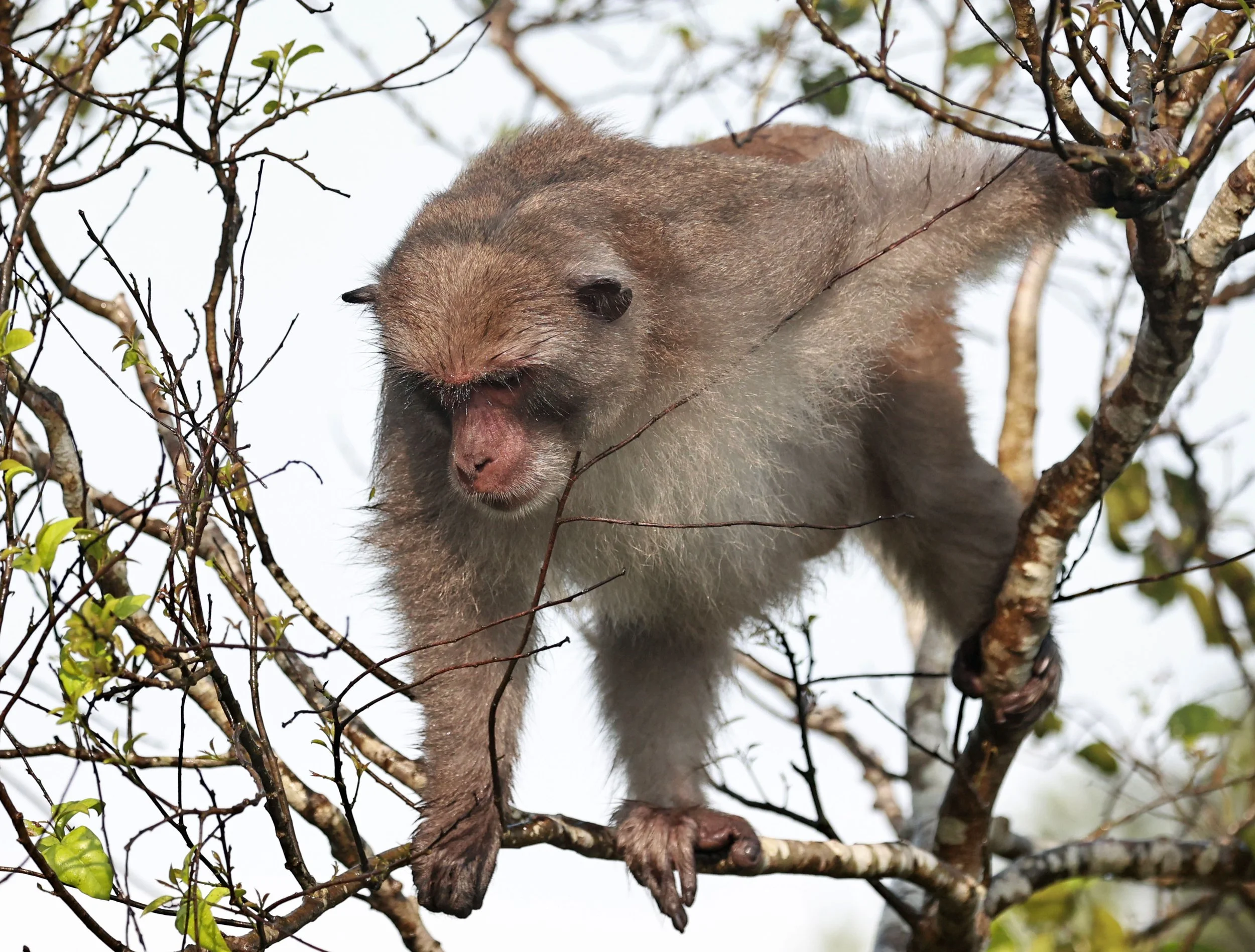


























Indochinese Rhesus Macaques (Macaca mulatta siamica) - Phu Phan National Park, Sakhon Nakhon Province Thailand - these are hybrids with M. mulatta X fascicularis











South Chinese Rhesus Macaques (Macaca mulatta littoralis) - Xuancheng Anhui Chinese Alligator Center - Wild troop







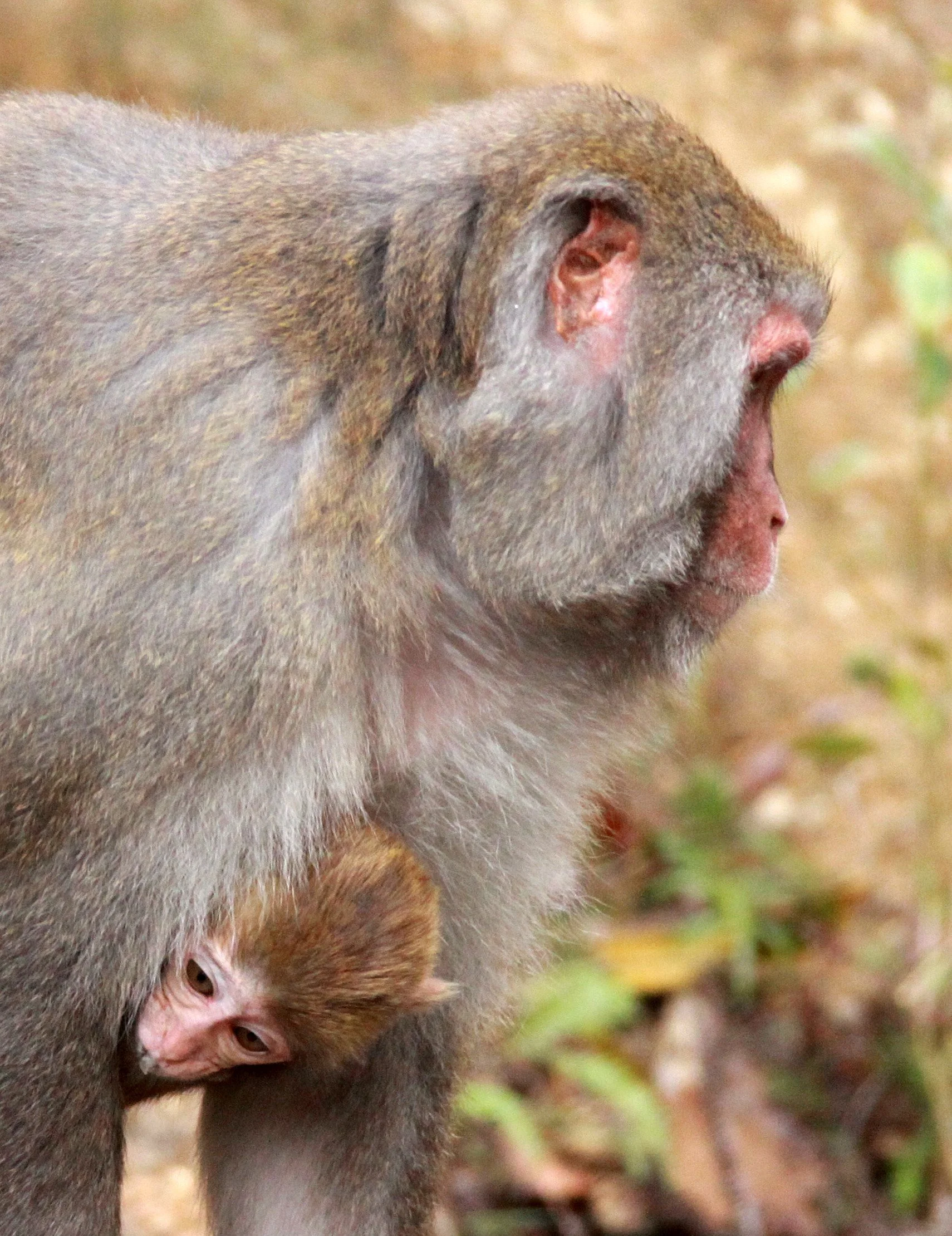

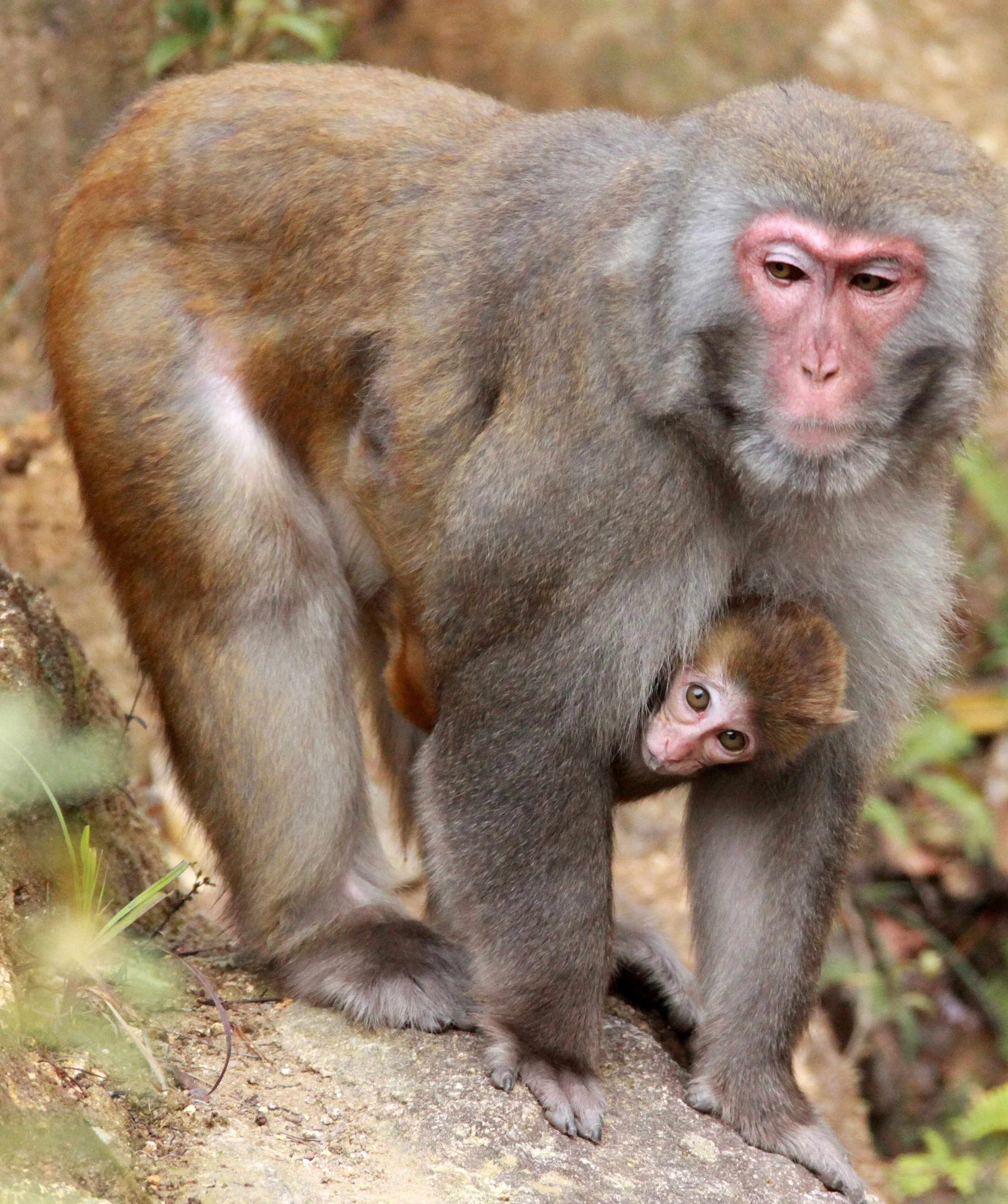




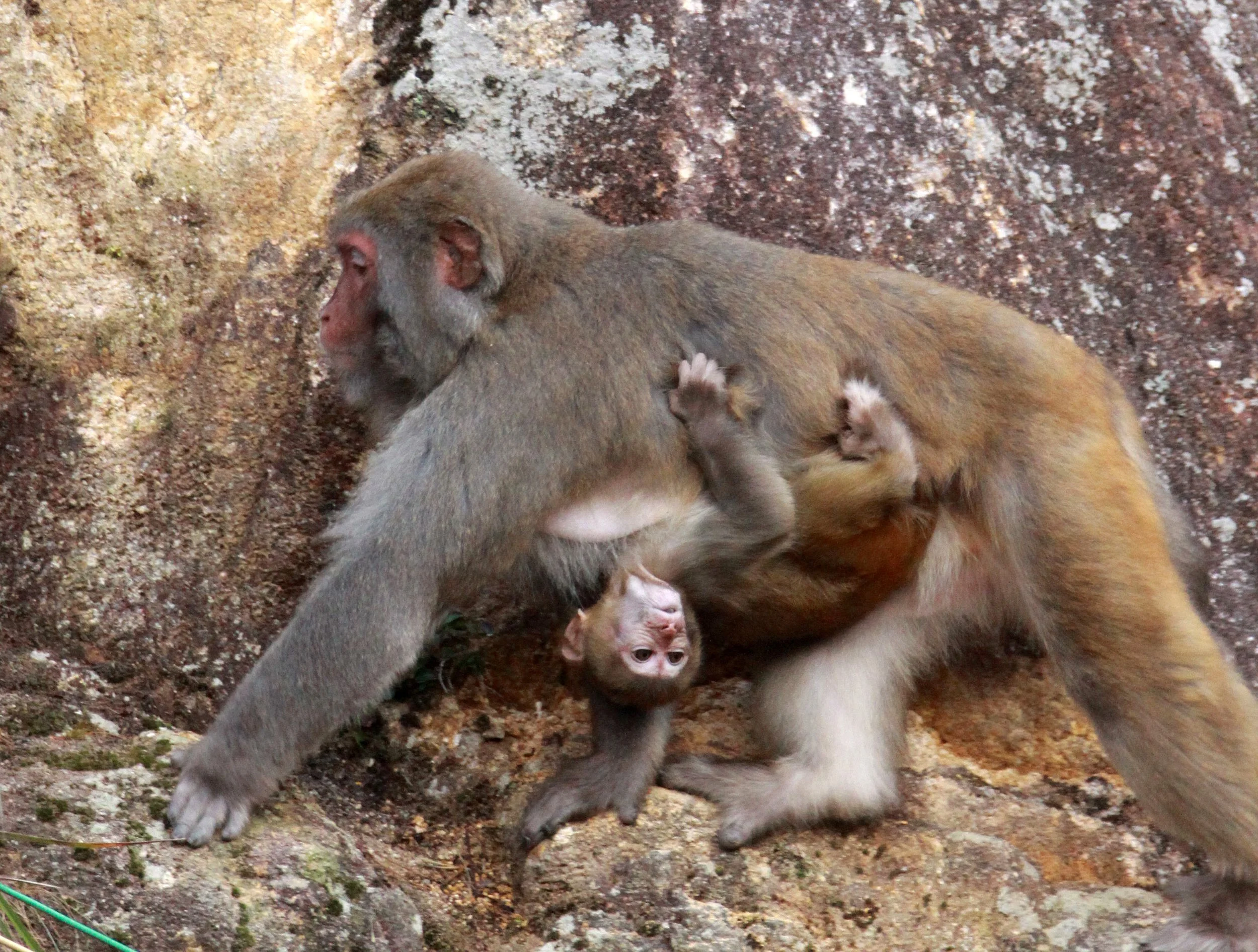





























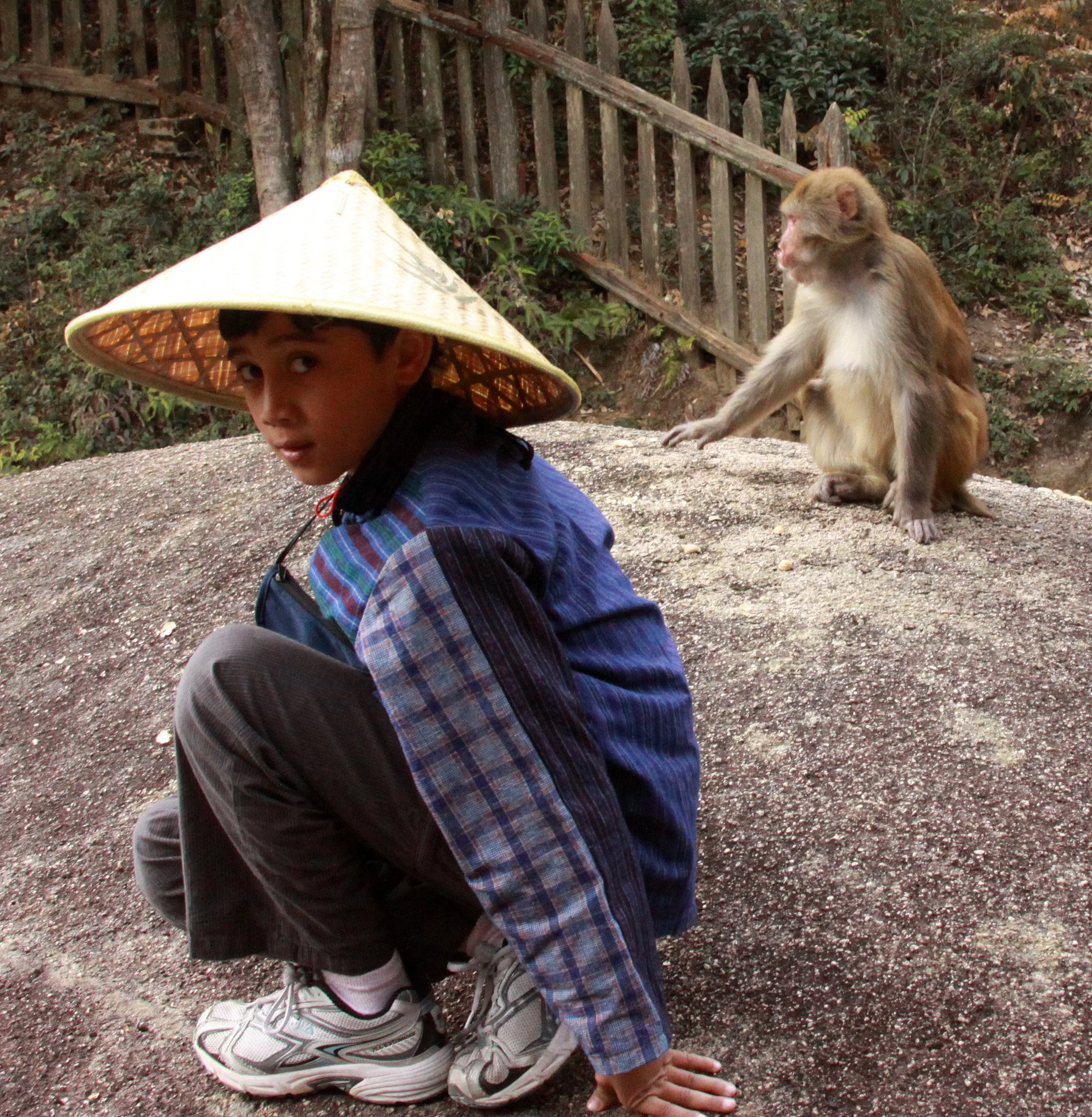





Indian Rhesus Macaques (Macaca mulatta mulatta) - Kaziranga, Pench, Bandhavgarh


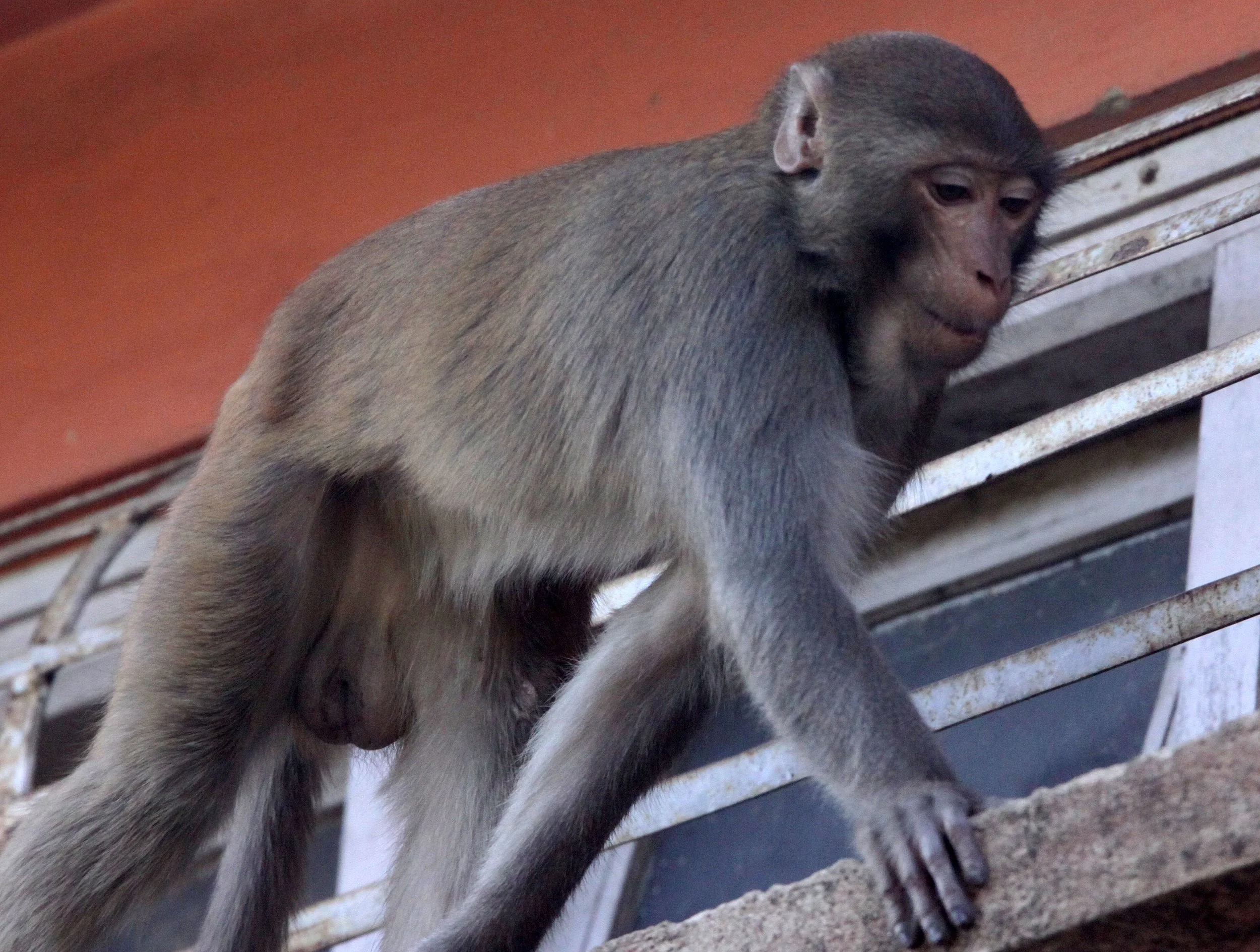























West Chinese Rhesus Macaque (Macaca mulatta lasiota) Ruoergai County, Tibetan Plateau, Sichuan China






